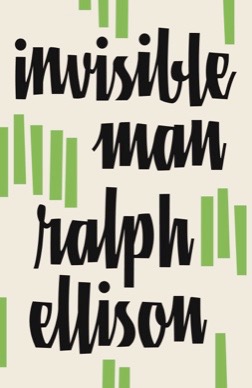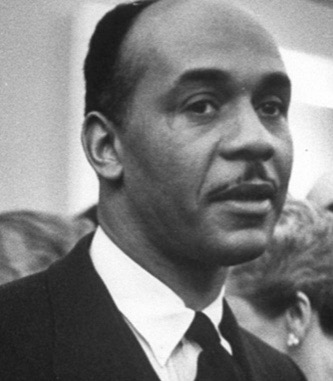By Gail Picco (February 25, 2020)
Invisible Man, Ralph Ellison, Vintage; 2nd ed. Edition, March 14, 1995, originally published 1956, 608 pp., $21.78
Ralph Ellison was an unknown writer when he published his first full novel in 1956, an exquisite work of fiction based on the gruelling realities faced by a Black man born in Oklahoma in 1914.
What perfunctory—if heartfelt—views I had as a young white university student in St. John’s, Newfoundland about being Black in America, Invisible Man grew me up quickly, turned my world upside down, and provided the foundation for everything I’ve tried to learn about race since then.
Ellison proffered indelible insight on the surgical nature of racism and the hardening of manhood in a world where urban sidewalks are trenches and the air is filled with metaphorical mustard gas. Being invisible saves you just as it erases you.
Personifying a singular literary sensibility, Ellison drew on the work of Mark Twain, T.S. Eliot, Ernest Hemingway, Fyodor Dostoyevsky, Langston Hughes and Richard Wright.
The improvised rhythm of the book’s narrative, ghostly wisps of personhood, gospel prose, and cracking sentences loaded with verbs like smack, regurgitate, swung, hammered, press, strike and peered, spellbind every paragraph, every page.
Breathtaking metaphors abound,
I felt a slight movement against my hand, like a child’s breast when it whimpers at the end of a spell of crying.”
“Mr. Norton’s head jerked like a jabbed punching bag.”
“Five pale red lines bloomed on the white cheek, glowing like fire beneath translucent stone.“
And that’s just page 79.
Even if Ellison wrote only this book, which ended up being not too far from the truth, it would be more than enough to make him one of the greatest writers of the 20th century.
As a reader, you can take flight on a wild ride, all senses engaged. Invisible Man is virtual reality before VR was a thing.
Part of what makes this book important—and why it took up residence in my heart and mind when hundreds of others didn’t—is how it uses fiction to convey deep and profound reportage on the most personal of social ills, being hated for the colour of your skin.
In his introduction to the 1982 re-issue of Invisible Man, Ellison elaborates,
And while fiction is but a form of symbolic action, a mere game of “as if,” therein lies its true function and its potential for effecting change. For at its most serious, just as is true of politics at its best, it is a thrust toward a human ideal. And it approaches that ideal by a subtle process of negating the world of things as given in favour of a complex of man-made positives.”
Black History Month 2020 motivated me to re-read Invisible Man. I am beyond grateful for the brilliance of Ralph Ellison. By its very existence, the book is a summary argument of the power of literature, and I want it in my life, to re-read again and again, at leisure, like wearing a string of pearls that warms up in contact with the skin.
In these times of fear experienced by undocumented immigrants in the United States, police killing of young black men, and the exponential increase of white supremacist groups, Invisible Man is a 20th century new testament for the 21st century, chapter and verse of a democracy gospel,
… a state of things in which the highly placed and the lowly, the black and the white, the northerner and the southerner, the native born and the immigrant are combined to tell us of transcendent truths and possibilities such as those discovered when Mark Twain set Huck and Jim afloat on a boat. Which suggested to me that a novel could be fashioned as a raft of hope, perception and entertainment that might help keep us afloat as we tried to negotiate the snags and whirlpools that mark our nation’s vacillating course toward and away from the democratic ideal.”
Amen.
Gail Picco is a the editor in chief of The Charity Report.

